irregular bluestone walkway
gmilich
18 years ago
Related Stories
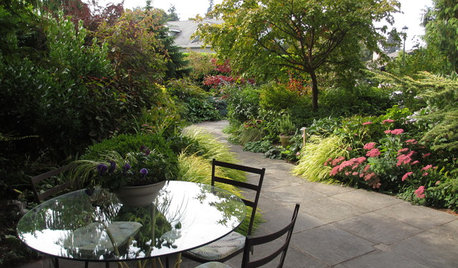
PATIOSLandscape Paving 101: How to Use Bluestone in Your Garden
Classy bluestone is a great paving material for both modern and rustic patios and paths
Full Story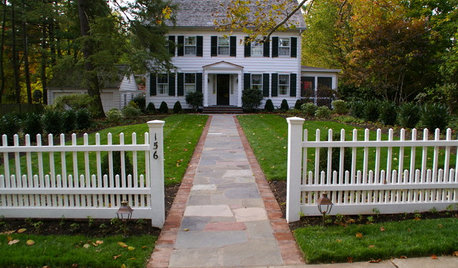
EXTERIORSPick the Perfect Front Walkway Material
The right front pathway adds instant curb appeal to your home. Here's how to match the material to the look you want
Full Story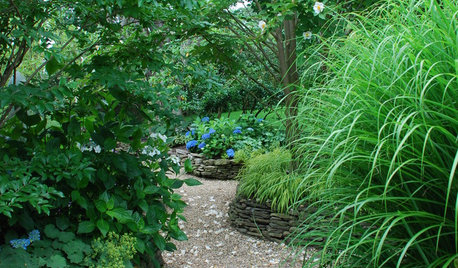
LANDSCAPE DESIGN15 Ideas for a Stunning Garden Path
Let your imagination roam as you consider the many types of walkways possible in your garden
Full Story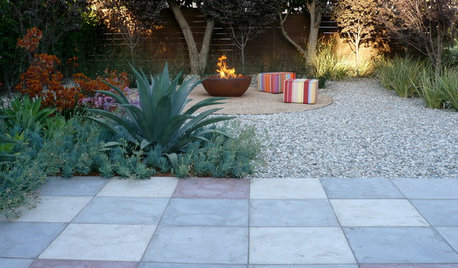
MATERIALSPrecast Concrete Pavers Make a Versatile Surface in the Garden
You can use concrete pavers in a variety of shapes and colors for your patio, walkway, driveway and more
Full Story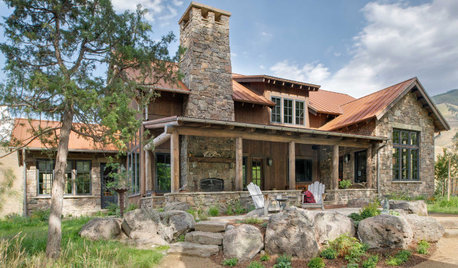
LANDSCAPE DESIGNHow to Make Your Stone House Feel at Home in the Landscape
The right gate, walkway, garden furniture and, of course, plantings can help make the connection
Full Story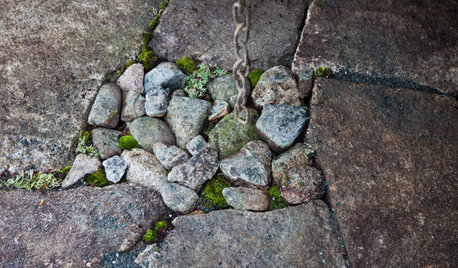
PATIOSLandscape Paving 101: Some Reasons to Go for Granite
Thinking about a new patio or path? Invest in granite for its durability and low maintenance
Full Story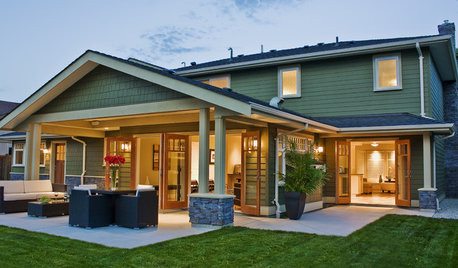
GARDENING AND LANDSCAPING6 Ways to Rethink Your Patio Floor
Figure out the right material for your spring patio makeover with this mini guide to concrete, wood, brick and stone
Full Story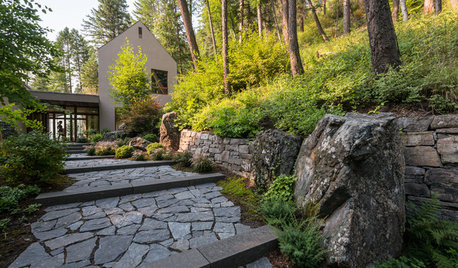
MATERIALSHow to Use Local Stone in Your Landscape Design
Locally sourced stone is a gorgeous and durable landscape building material
Full Story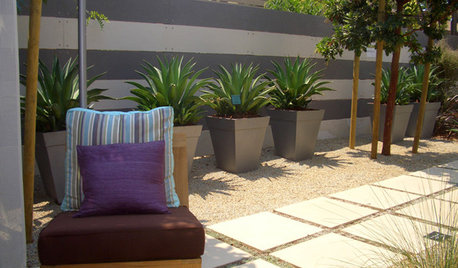
GARDENING AND LANDSCAPINGPermeable Paving Soaks Up Rain
Design garden hardscaping that allows rain to penetrate through to the earth below
Full Story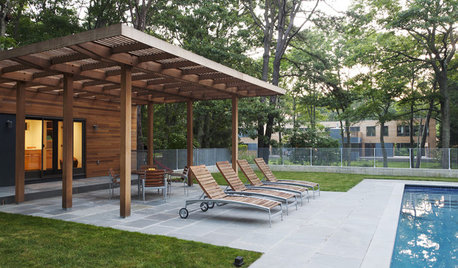
PATIOSPatio Details: Hamptons Patio Invites Visitors to Unwind
A pergola made from western red cedar shelters visitors poolside at this New York retreat
Full Story






treebeard
ginny12
Related Professionals
Surprise Landscape Architects & Landscape Designers · Kapaa Landscape Architects & Landscape Designers · Mountain Brook Landscape Architects & Landscape Designers · Southfield Landscape Architects & Landscape Designers · Springfield Landscape Contractors · Davis Landscape Contractors · Kailua Landscape Contractors · Metairie Landscape Contractors · Rockland Landscape Contractors · Saint Paul Landscape Contractors · Suitland Landscape Contractors · Tehachapi Landscape Contractors · Norridge Landscape Contractors · Layton Decks, Patios & Outdoor Enclosures · Palo Alto Decks, Patios & Outdoor EnclosuresgmilichOriginal Author
mad_gallica (z5 Eastern NY)
treebeard
ginny12
diggingthedirt
gmilichOriginal Author
hostasz6a
diggingthedirt
chelone
diggingthedirt
gmilichOriginal Author
ginny12
treebeard
ginny12
chelone
gmilichOriginal Author
treebeard
diggingthedirt
Alliebabaloo
gmilichOriginal Author
organicgalsgarden
landscapealot
landscapealot